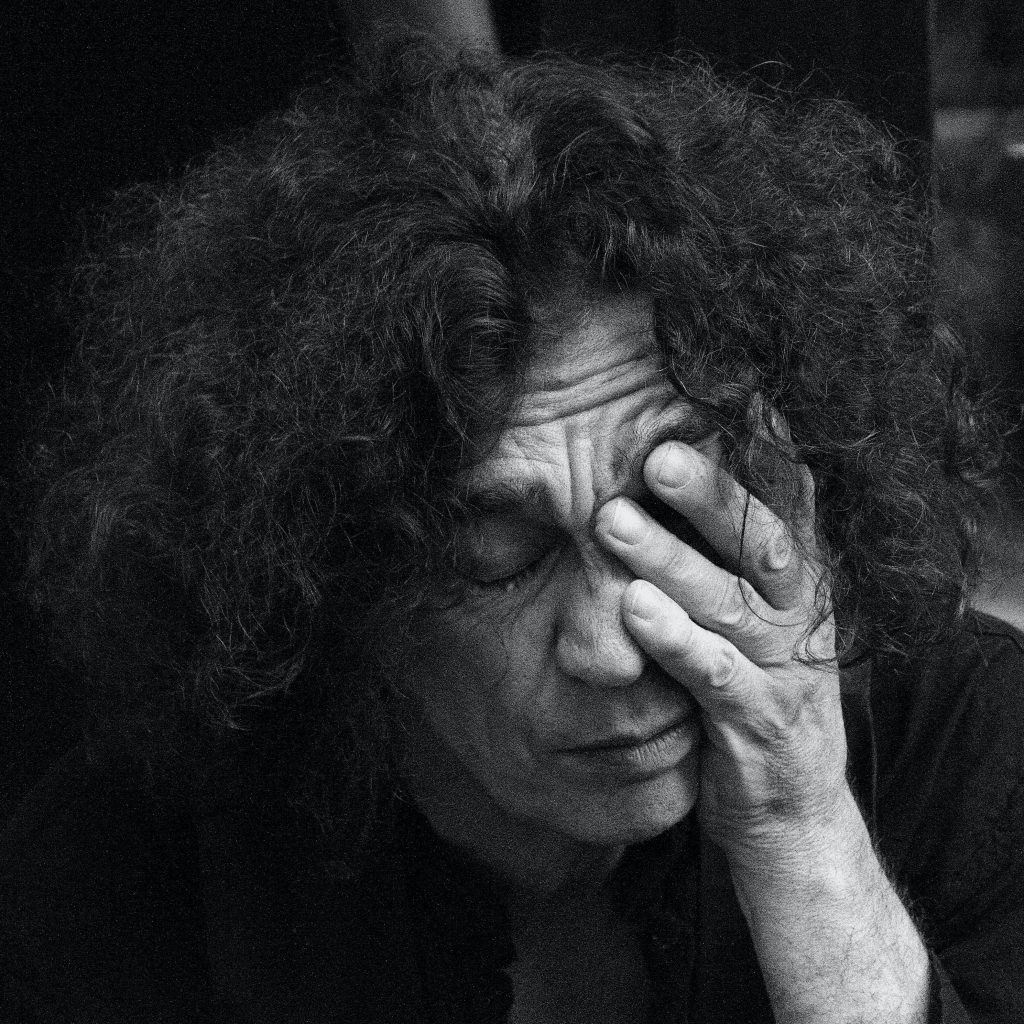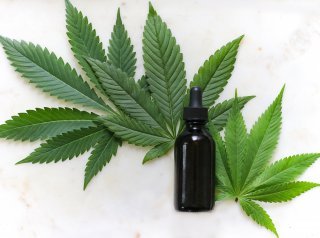Chronic pain prevents you from truly living. The unfortunate aspect of traditional pain treatment is that it is only partially helpful and frequently leads to opiate addiction. Patients with chronic pain can qualify for MMJ because research has shown that medical marijuana is effective in treating symptoms.
Clinical trials have found that medical marijuana is helpful in relieving pain and has fewer negative side effects than other medications. You can access a medical cannabis card at TeleLeafRX.com.
Page Content
How Medical Marijuana May Help Patients with Chronic Pain
Medical marijuana has become a much more popular alternative to traditional pain relievers, such as opioids. Certain varieties of chronic pain, such as pain caused by nerve damage and inflammation, may be relieved by medical marijuana.
By interacting with the body’s natural cannabinoid receptors and lowering pain receptors and perception, THC in medical marijuana may serve to relieve pain. Chronic pain caused by systemic inflammation, such as rheumatoid arthritis, may also be alleviated by medical marijuana’s anti-inflammatory characteristics.

What is Chronic Pain?
Pain that lasts longer than three to six months is categorized as chronic. It’s pain that lasts longer than usual following a sickness, injury, or surgery. It can also be discomfort that comes as a result of a long-term (chronic) illness, such as arthritis.
It’s possible that chronic pain will come and go. It might also be continual. It may cause people to be unable to work, eat well, engage in physical exercise, or simply enjoy life.
Chronic pain is a serious medical problem that can and should be addressed.
Causes of Chronic Pain
Pain originates in nerve cells under the skin as well as in organs all throughout the body. When you’re unwell, wounded, or have other issues, these nerve cells convey instructions to the spinal cord via neural pathways. The message is subsequently sent to the brain.
Chronic pain can be caused by a variety of factors. It might have started as a result of a sickness or an injury. You may have recovered, but the pain lingered. There might also be a long-term source of pain, such as arthritis or cancer. Many people experience chronic pain without having experienced an accident or sickness in the past.
Chronic pain can be caused by a variety of factors. The following are a few of the most common:
- Previous surgery
- An old injury
- Infection
- Diseases such as diabetes
- Nerve damage
- Back injury
- Arthritis
- Migraine or other headaches
- Fibromyalgia
- Cancer
- Depression and stress can make chronic pain symptoms worse. In some cases, a cause for the pain can’t be found.
Who is at risk for chronic pain?
If any of the following statements apply to you, you’re more likely to acquire chronic pain:
- Long-term opioid use
- Older age
- Your expectations and fears
- Social problems
- Pain-related treatment in the past that wasn’t successful
- Mental health or behavior issues
- A family history of chronic pain might also enhance your chances of getting chronic pain-related health issues. Frequent headaches, inflammatory illnesses, and fibromyalgia are among them.
Symptoms of Chronic Pain
Symptoms of chronic pain include:
- Pain ranging from mild to severe that does not go away
- Shooting, burning, aching, or electrical pain is a common symptom.
- Mild aches, pains, tightness, and stiffness
Chronic pain may have an impact on practically every aspect of your life. Pain might affect your sleep, emotions, activity level, and energy level.
Treatment for Chronic Pain
Chronic pain can be reduced with treatment. Pain can often become less intense, occur less frequently, and interfere less with your everyday activities. Chronic pain is frequently managed with a mix of medications, treatments, and lifestyle modifications.
- OTC (over-the-counter) medications are those that may be purchased without a prescription. Non-steroidal anti-inflammatory medicines (NSAIDs), aspirin, ibuprofen, and acetaminophen are examples.
- Pain relievers with prescription. Opioids are among them, and they may be required for pain relief that is more effective than over-the-counter medications. These medications have the potential to be misused. They may also have unfavorable and perhaps fatal adverse effects.
- Antidepressants on prescription. These drugs work by raising the amount of naturally occurring neurotransmitters like serotonin and norepinephrine.
Other treatments are available. Meditation, yoga, physical and occupational therapy, biofeedback, massage, and acupuncture are all effective ways to treat chronic pain.
Medical Marijuana as an Alternative Treatment for Chronic Pain
According to the National Institutes of Health’s National Center for Complementary and Integrative Health, about 50 million Americans suffer from considerable chronic or severe pain. A rising number of recent studies have found that medical marijuana is effective for both pain relief and pain management.
Patients suffering from chronic pain due to a variety of conditions or diseases who want to learn more about natural alternative treatments can acquire a medical marijuana recommendation from a medical marijuana doctor at TeleLeafRx.com.





